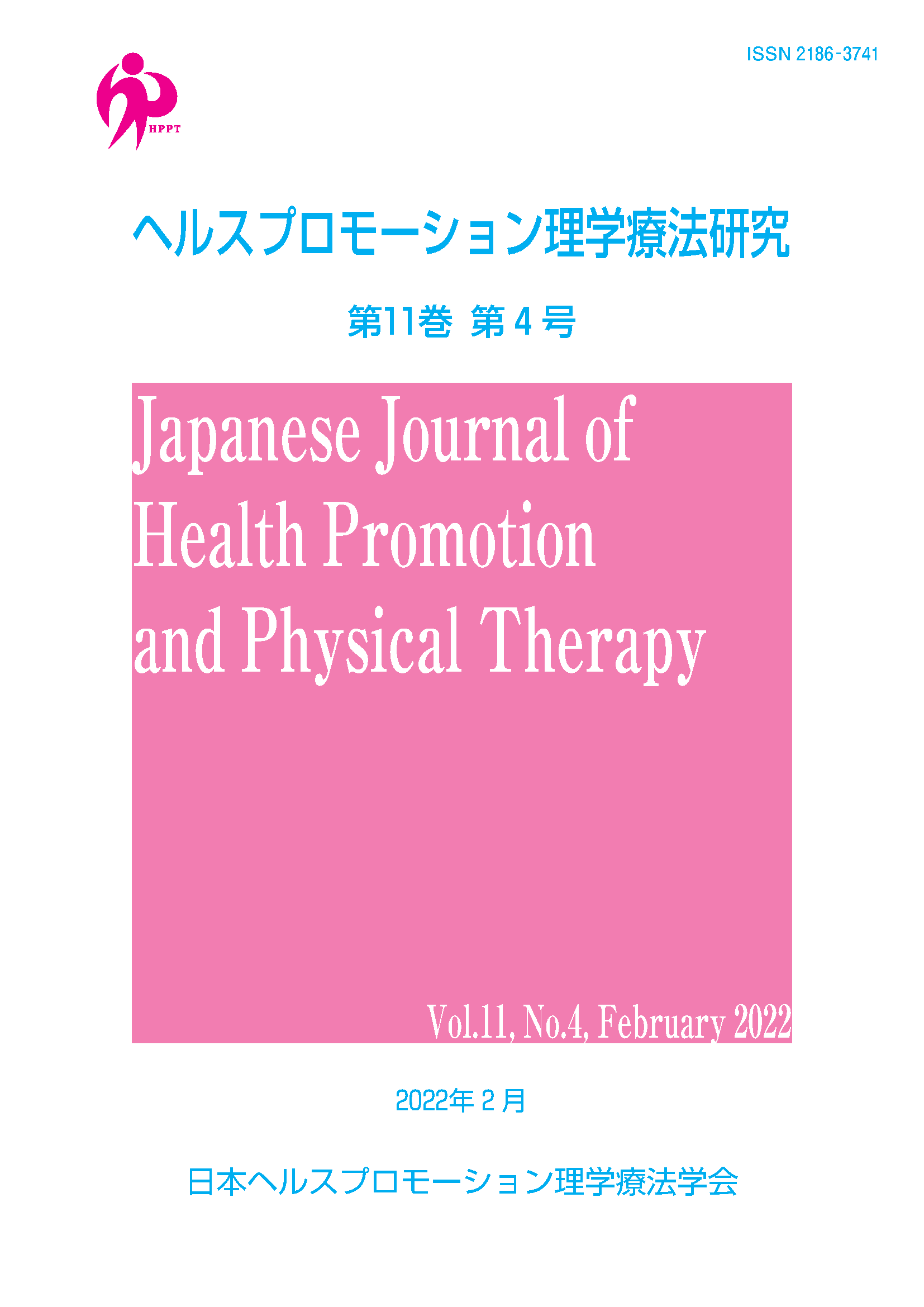Volume 11, Issue 4
Displaying 1-5 of 5 articles from this issue
- |<
- <
- 1
- >
- >|
ORIGINAL ARTICLES
-
Article type: ORIGINAL ARTICLES
2022Volume 11Issue 4 Pages 151-156
Published: February 28, 2022
Released on J-STAGE: March 25, 2022
Download PDF (485K) -
Article type: ORIGINAL ARTICLES
2022Volume 11Issue 4 Pages 157-165
Published: February 28, 2022
Released on J-STAGE: March 25, 2022
Download PDF (513K) -
Article type: ORIGINAL ARTICLES
2022Volume 11Issue 4 Pages 167-172
Published: February 28, 2022
Released on J-STAGE: March 25, 2022
Download PDF (802K)
SHORT REPORT
-
Article type: SHORT REPORT
2022Volume 11Issue 4 Pages 173-176
Published: February 28, 2022
Released on J-STAGE: March 25, 2022
Download PDF (343K)
FIELD REPORT
-
Article type: FIELD REPORT
2022Volume 11Issue 4 Pages 177-182
Published: February 28, 2022
Released on J-STAGE: March 25, 2022
Download PDF (644K)
- |<
- <
- 1
- >
- >|
